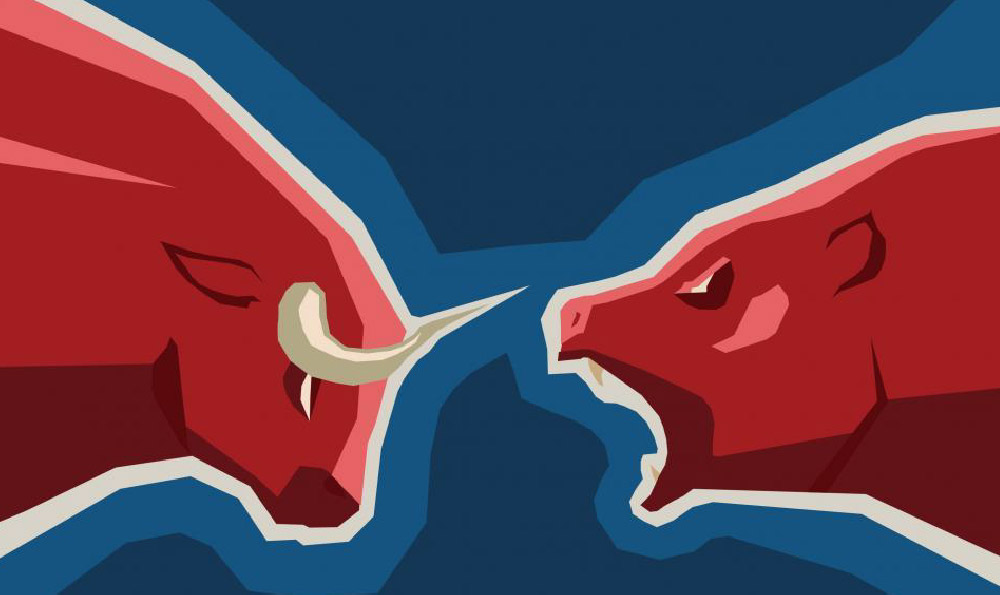Delving into the gig economy, Uber Eats presents itself as a seemingly accessible avenue for supplemental income. The allure is simple: leverage your existing vehicle, utilize readily available free time, and potentially earn a decent income facilitating restaurant deliveries. However, navigating the Uber Eats platform to truly maximize profitability requires a strategic approach and a realistic understanding of the inherent factors at play. Let's dissect the potential of Uber Eats as a lucrative side hustle, examining the earning potential and the methods to optimize your income within the system.
The primary determinant of Uber Eats earning potential lies in location. Urban areas with dense populations and a vibrant restaurant scene invariably offer more delivery opportunities than rural locations. High demand during peak hours – lunch and dinner rushes, weekends, and special events – also contributes significantly to earning potential. If you reside in a location with sparse restaurant options or low order volumes, Uber Eats may not be the most fruitful endeavor. Conversely, a strategic approach involves understanding the demographics of your area, the popular cuisines ordered, and the times when demand surges. This information can be gleaned through observation, conversations with other drivers, and even discreetly monitoring the Uber Eats app during different times to gauge the number of available deliveries.
Beyond location, understanding the Uber Eats pay structure is paramount. Drivers are typically compensated based on a combination of factors: a base fare, a per-mile rate, and a per-minute rate. These rates can vary significantly based on location and time of day. Furthermore, Uber Eats often incentivizes drivers with surge pricing during periods of high demand. Smart drivers are adept at identifying and capitalizing on these surge opportunities, strategically positioning themselves in areas where surge pricing is prevalent. Keep in mind that these incentive structures are subject to change and regular monitoring of the Uber Eats driver app and announcements are critical for informed decision-making.

Moreover, tips play a crucial role in overall earnings. While Uber Eats allows customers to tip through the app, not every customer does. Providing exceptional customer service can significantly increase the likelihood of receiving a generous tip. This includes ensuring timely deliveries, maintaining a professional demeanor, and handling food with care. Simple gestures like a friendly greeting or a confirmation of the order contents can go a long way in enhancing the customer experience and translating into higher tips. Remember, consistent excellent service fosters customer loyalty and potentially leads to repeat tipping.
However, raw earnings are not the sole indicator of profitability. Accurately assessing your expenses is equally critical. Vehicle maintenance, fuel costs, insurance, and depreciation all eat into your profits. Tracking mileage meticulously is essential for calculating these expenses accurately and claiming deductions on your taxes. Consider investing in fuel-efficient tires, adhering to a regular vehicle maintenance schedule, and exploring insurance options specifically tailored for delivery drivers. These cost-saving measures can drastically improve your net earnings from Uber Eats. Furthermore, understand that self-employment taxes are applicable to income earned from Uber Eats, requiring you to set aside a portion of your earnings to cover these obligations.
Optimizing your delivery strategy is crucial for maximizing earnings. Efficient route planning, utilizing navigation apps to avoid traffic congestion, and developing familiarity with restaurant locations can significantly reduce delivery times and increase the number of deliveries you can complete per hour. Consider investing in insulated food carriers to maintain food temperature and prevent spills, ensuring customer satisfaction and minimizing potential issues during delivery. Strategic parking in high-demand areas can also save time and improve efficiency.
Beyond these tactical considerations, strategic planning plays a long-term role. Understanding your personal financial goals and setting realistic earning targets is vital. If you're aiming to supplement income to pay off debt, save for a down payment, or fund a specific goal, Uber Eats can be a viable tool, but it requires discipline and consistent effort. Tracking your income and expenses rigorously allows you to evaluate the effectiveness of your Uber Eats venture and make adjustments as needed. Consider experimenting with different delivery strategies, exploring different areas, and adjusting your working hours to identify the optimal formula for your individual circumstances.
Finally, managing risks is crucial. Uber Eats driving involves inherent risks, including traffic accidents and potential confrontations. Driving safely, maintaining adequate insurance coverage, and being aware of your surroundings are paramount. Avoid distractions while driving, obey traffic laws, and prioritize your personal safety above all else.
In conclusion, Uber Eats can be a lucrative side hustle, but success hinges on a multifaceted approach. Understanding the earning structure, minimizing expenses, optimizing your delivery strategy, providing excellent customer service, and managing risks are all vital components. It demands a blend of entrepreneurial spirit, strategic thinking, and diligent execution. While not a guaranteed path to riches, Uber Eats presents an opportunity to generate supplemental income for those willing to put in the work and approach it with a strategic mindset. The key is to treat it like a business, not just a casual way to earn some extra cash. By meticulously tracking your income, expenses, and time investment, you can determine if Uber Eats aligns with your financial goals and provides a worthwhile return on your efforts.












